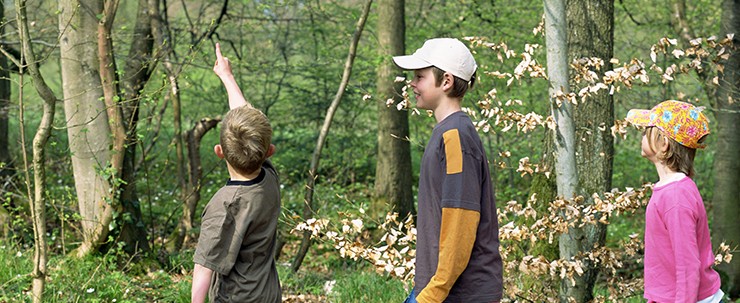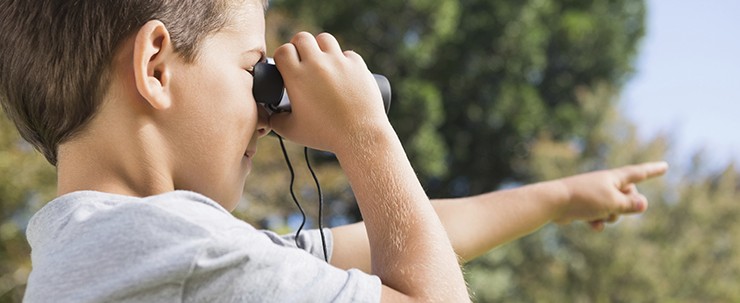Nature Scavenger Hunt
Everyone loves a good scavenger hunt! You can encourage your children to get outside during the summertime by putting together a list of nature-themed items for them to hunt for. When they have a list of items to look for, they will eagerly observe the natural world around them. You can even ask them to take specimens or pictures of the items on the list and have them identify them later. Once the scavenger hunt is over, you can have them collect their findings in a nature journal. This is the perfect afternoon activity for your own kids or a group of kids. If your kids enjoy it, it can become a summer-long project for the family. The following information can help you to design a nature scavenger hunt for your children.
Supplies
Creating a scavenger hunt does not require a lot of supplies. In the very least, you will need a list of all of the items for your kids to hunt for. It’s up to you whether you want to give them Ziploc bags and tweezers to collect specimens or a notebook to document or draw their findings. If they are old enough, they could use a camera to provide proof that they’ve found all of the items on the list. Of course, they will also need writing utensils to mark down what they’ve found.
 How-To
How-To
When designing the scavenger hunt, you should keep in mind your kids’ interests. Items that are too specific will only cause frustration for the participants. Some examples of themes for scavenger hunts include:
- Forest: needles, pinecones, spider webs, wild berries, wildflowers, mushrooms, maple or oak leaves.
- Creek/Pond/Lake: frog, toad, salamander, cattails, lily pads.
- Birds and Critters: squirrels, sparrows, blue jay, cardinal, rodents, feathers, nests.
- Insects: butterflies, dragonflies, grasshoppers, beetles, spiders, ants.
- Ocean: seaweed, driftwood, seashells, crabs, interesting rocks.
The best way to make sure that your scavenger hunt fits the area is to explore the space yourself. Keep in mind that if you are camping in a national or state park, there are often restrictions on picking plants or wildflowers. If the area where you are having the scavenger hunt is large, you might want to consider having adults accompany children in small groups. One idea to help motivate kids is to offer a prize for the team or individual who finds all of the items the fastest.
 Fun Ideas
Fun Ideas
One fun variation on the usual scavenger hunt is an experiential scavenger hunt. As the name suggests, this type of scavenger hunt involves doing things – catching a butterfly, skipping a stone in a pond, climbing a tree, hiking up a hill, making a raft to float down a creek, or spotting wildlife. Another variation is listing items for each letter of the alphabet. If your kids are studying ecosystems in class, choose items that match the animals that they are learning about – if possible.
Summary
A scavenger hunt is a classic summer activity that kids will always enjoy. All you have to do is come up with a list of items that match your children’s interests and abilities and your children will be inspired to play.

